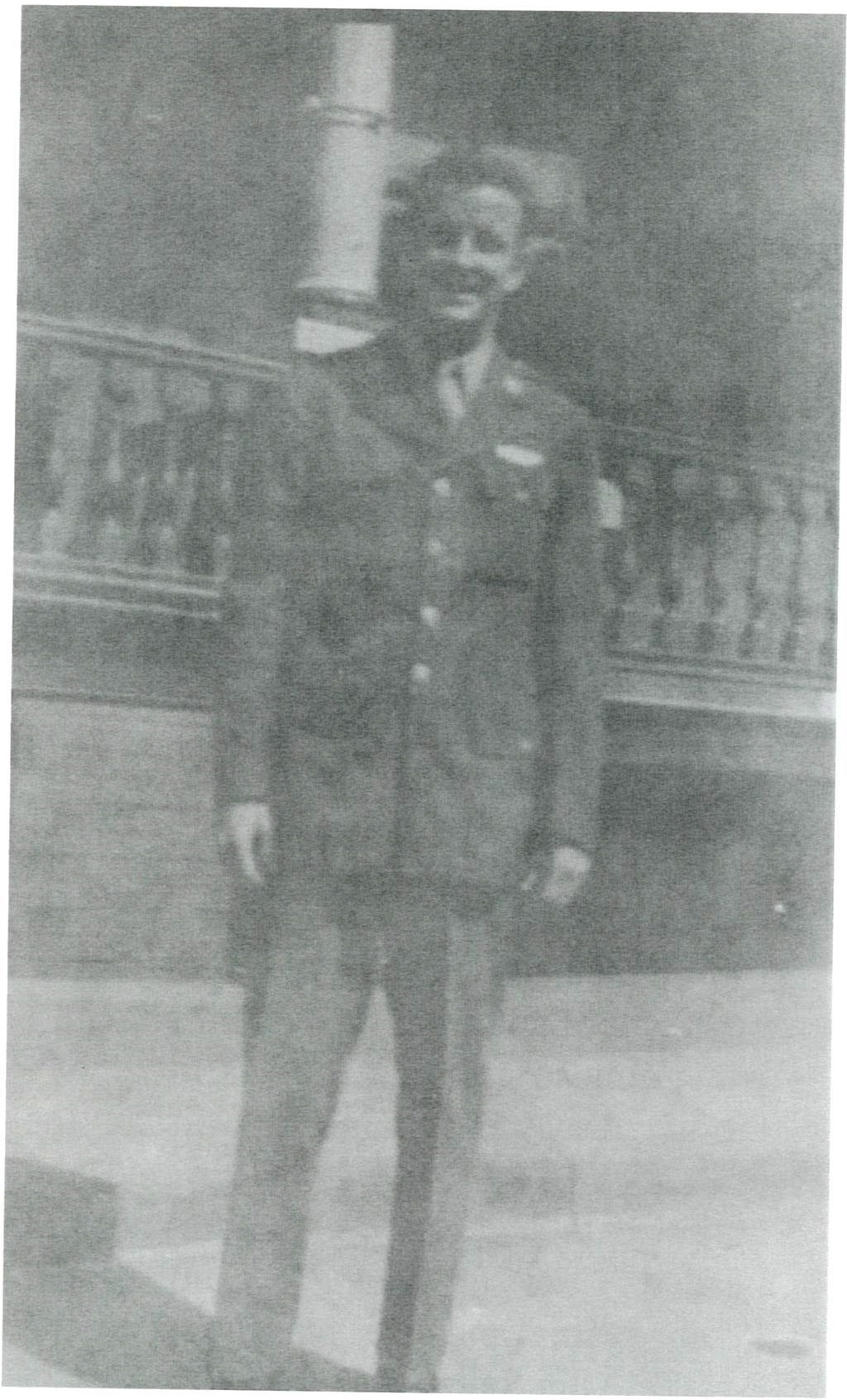Honoring our Veterans Series
All month long we're going to be showcasing stories from our veteran residents. Their stories of heroism, war-time life, and unique historical perspective showcase how full and vibrant each of their life stories are. We start off with a riveting recounting of a B-29 tail gunner in the Pacific Theater during World War II.
Tales of a B-29 Tail Gunner
By Andy Quinn
Two years after my family immigrated to the United States from Northern Ireland, I was born on April 26, 1926, in Philadelphia. I was raised in an Irish-Italian section of North Philadelphia near Shibe Park, home of the A's and, later, the Phillies. This was during the Depression and I attended Catholic schools free of tuition.
On December 7, 1941, my next-door neighbor, Jimmy Owens, died on the Arizona in the bombing of Pearl Harbor. In March 1944, during my senior year at high school and after basketball season, I was going to enlist in the Marines. My mother prevailed on me to wait for the draft. On April 26th I was drafted and assigned to the Navy. On July 14 I headed to New Cumberland, Pennsylvania and was reassigned to the Army. After seven days of processing, I was put on a troop train headed south. For two days, cars were dropped off at infantry bases. On Sunday morning, one car was left and I was in it. The fifty of us left were assigned to the Army Air Corps in Wichita Falls, Texas.
After finishing basic training, I was shipped to B-29 gunnery school in Ft. Myers, Florida. We lived in wooden shacks that were lined with netting and had no heat. Most of our training, of course, was devoted to guns, focusing on the 50-caliber machine gun which we fired on the ground and simulated in the air. My first flight was in an open-ended B-24 over Key West. After 12 weeks of training, I had seven days leave to go home in March.
I then went to Pyote, Texas, 250 miles east of El Paso (3,000 feet elevation and 360 good flying days a year) where I met my B-29 crew members. I had the position of tail gunner. The B-29 had similarities to the B-17 but was much larger. It was pressurized with the ability to cany more bombs and fly longer. The B-29 had two fore and two aft outside gun turrets on top (four 50 calibers) and the same on the bottom of the plane, plus a tail equipped with three 50 calibers guns. All guns were operated electronically from inside the plane. For 12 weeks, we worked in classrooms and flying around the U.S., especially 16-hour missions, the time it took to fly from the Mariana Islands to Japan and return.
In July of 1945, our crew flew on a C-54 from the West Coast, stopping at Johnston Island to refuel. Our final destination was Saipan, in the Mariana Islands, which became the home of my crew and the rest of the 73rd Wing.
The Enola Gay took off on August 6, 1945 from Tinian, one of the Marianas, to bomb Hiroshima. B-29 crews like ours had no knowledge of the atomic bomb until we saw pictures of the fantastic and deadly outcome. After several days, a second bomb was dropped on Nagasaki. Normal B-29 raids over Japan were still taking place during the Hiroshima and Nagasaki events. On August 14, our crew was returning from a raid on small cities near Tokyo when the announcement came that Japan was surrendering, unconditionally. This was probably one of the last raids of the war.
On August 21st our crew flew north to Japan to drop relief supplies on a prisoner of war camp housing Pappy Boyington, an ace Marine Corps pilot, who had been captured by a Japanese submarine after a crash landing in the water and held as a POW for more than a year. We landed on Iwo Jima to refuel on our trip south. When I opened the B-29 rear door, I could not see a single blade of grass or tree on the ban-en surface.
In October 1945, the Air Corps started deactivating our squadron, with high point veterans being shipped stateside. I went to Guam and remained there until July 1946. In late July and early August, I spent seventeen days with 1,500 other airmen on a tramp steamer journey to Oakland, California. My eventual discharge was at Ft. Mead, Maryland, after a three-day ride via rail cross-country.
Uncle Sam has been good to me. I received four years of college, four and a half percent on my first mortgage, and I am still getting treatment at the Veterans Administration. Thank you, U.S.A!

